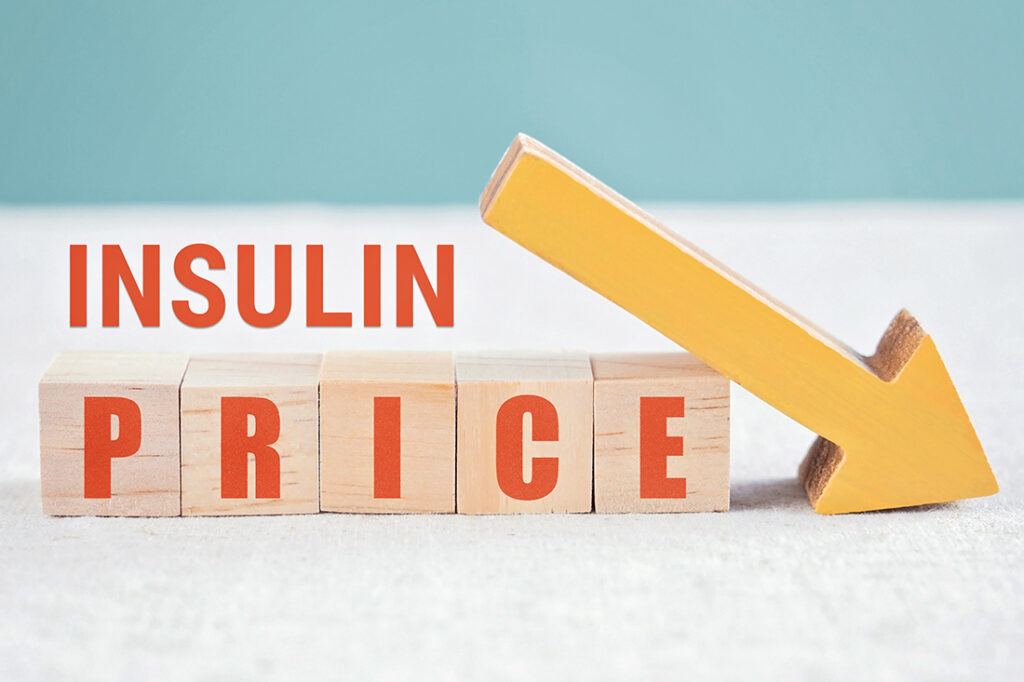Insulin affordability has ignited a fiery debate for years, and recent price cuts from Sanofi, Novo Nordisk, and Eli Lilly on popular insulin products seem like a beacon of hope.
But beneath the surface, a complex web of intertwined motives, regulatory shifts, and financial calculations come into play. Let’s untangle the threads of this multifaceted story.
Tip: Please fill out the form if you or a friend would like more information on glucose monitoring devices.
Capping Costs of Insulin: Building Bridges with Patients
While the price cuts seem like pure altruism, the companies also implemented caps on out-of-pocket costs for commercially insured patients.
This strategic move, as analyst Eli Lash suggests, aims to foster patient goodwill beyond financial relief. The potential profit sacrifice is minimal compared to the long-term benefit of loyal customers.
Lowering List Prices, Dodging the Rebate Bite
Facing years of pressure from advocates and lawmakers, all three companies slashed list prices of key insulin products.
Sanofi’s Lantus saw a 78% price reduction, while Novo Nordisk chopped prices for NovoLog, Novolin, and Levemir by up to 75%. Eli Lilly will follow suit with a 70% cut on Humalog and Humulin later this year.
Must Read CGMs in noncritical care hospitals optimizes glycemic control
Timing is Everything: The Rebate Formula Gambit
These cuts weren’t haphazard. Experts point to a strategic alignment with a crucial change in the Medicaid rebate formula under the American Rescue Plan Act.
The new formula, in effect since January 1, 2024, removes the cap on rebates, potentially forcing manufacturers to pay back more than they earn on certain drugs.
The Rebate Reversal: A Financial Jigsaw Puzzle
Previously, rebates were capped at 100% of the average manufacturer price. With the cap gone, drugs with high list prices and commercial discounts could lead to rebates exceeding Medicaid revenue.
Here’s where the price cuts come in. By lowering list prices, manufacturers reduce their potential rebate liability, saving millions annually.
Read Guide about Wegovy Dosage Guide: The Best Way For Weight Loss
Analysts like Spencer Perlman estimate Eli Lilly could avoid $430 million in Medicaid rebates while earning an additional $85 million, thanks to the new formula and their price cuts. Similar benefits are projected for Novo Nordisk and Sanofi.
Company Responses: Walking a Tightrope
When questioned about the rebate motive, the companies understandably tread carefully. Novo Nordisk cites operational complexities, Sanofi emphasizes balancing affordability with innovation, and Eli Lilly highlights a multi-factor decision based on market trends and sustainability.
Looking Ahead: A Balancing Act with Unknowns
The insulin price cuts are a delicate dance between patient concerns and corporate bottom lines. While affordability improvements are commendable, recognizing the strategic motivations is crucial.
The interplay between rebates, list prices, and patient access will continue to shape the insulin market’s future, rife with potential new regulations, market pressures, and patient advocacy efforts.
Also, read about Brisk Walking: Your Key to Type 2 Diabetes Prevention
Furthermore, it’s crucial to delve deeper into the potential downstream effects of these price cuts. Will insurers pass on the savings to patients? Will generic insulin options become more viable?
How will these changes impact research and development for future insulin products? Exploring these avenues is vital for understanding the full picture of the evolving insulin landscape.


